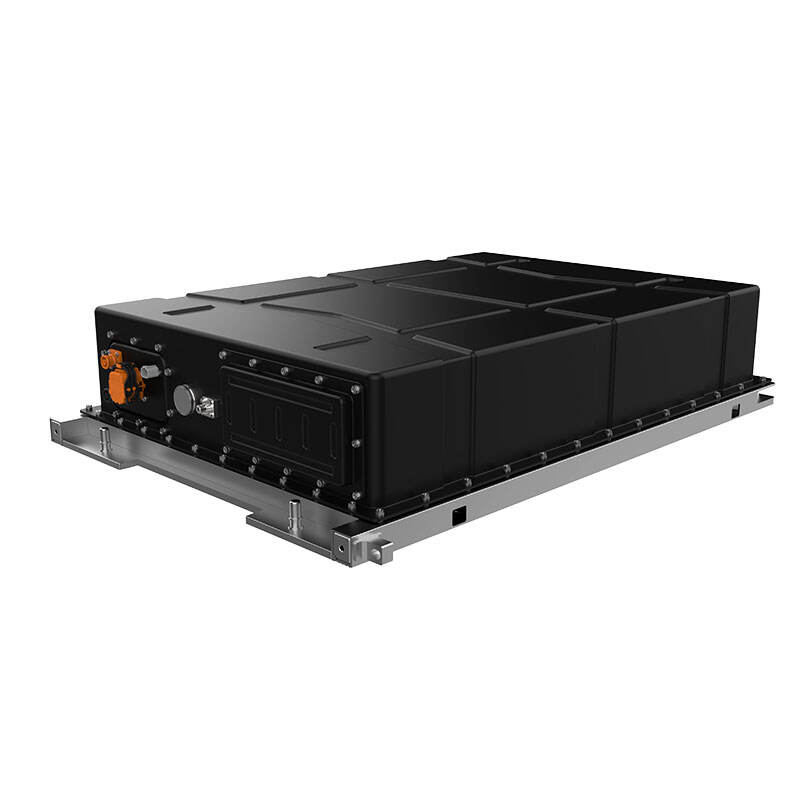From Concept to Reality: The Development and Commercialization of LiFePO4 EV Batteries
Introduction
In recent times, electric vehicles (EVs) seem to be the way forward for clean and eco-friendly modes of transportation. In any such transition, it is evident that the most critical touchpoint is the technology, which powers the vehicles. Lithium Iron Phosphate batteries are regarded for being differentiated by their advantages such as thermal stability, cyclability, and safety. In this article, the author will explain the process of transformation of LiFePO4 batteries from the idea into the commercial product focusing on the basic steps in their design development processes and their introduction into electric vehicles commercialization.
Conceptualization and Early Research
The chemistry professor John B. Goodenough and his colleagues were the first to patent the idea of using LiFePO4 in rechargeable batteries, and it was during the early 1990’s. They tried to seek a less hazardous choice to the prevailing lithium cobalt oxide batteries which normally had numerous safety issues such as risks of burning and melting. Goodenough’s team sought to use iron phosphate as the most appropriate cathode due to its cheapness and low toxicity. The objectives of initial studies were to fabricate LiFePO4 and evaluate the electrochemical performance of the obtained materials with regard to their possible application in large batteries.
Technological Advancements and Challenges
Though the primary focus was on academic research based on LiFePO4, when one comes to real product, there were a lot of other technical hurdles to tackle. The major limiting factor was the poor electrical conductivity of LiFePO4, which resulted in large energy losses in the application of LiFePO4 based batteries. This was solved by creating a number of the processes to cover active materials LiFePO4 with conductive additives such as carbon to improve conductance. The evolution of modern nanotechnology allowed synthesizing nanosized LiFePO4 particles which enhanced the performance by providing a greater reaction area.
Bridging the Gap Towards Commercialization
With the advancement of LiFePO4 technology, the next focal point was on increasing the production levels and the economic pragmatism of the batteries. Jiangxi Anchi New Energy Technology Co., Ltd made large investments in the manufacturing stranded to obtain high purity LiFePO4 materials in dedicated and corporate deposits. This stage included the gathering of the assembly of the line proceeds, streamlining the procedures for the assembly of batteries, and meticulous testing to obtain the appropriable level of performance and safety. These developments were greatly enabled by joint research work among the academic, the industry and the government support agents.
Market Adoption and Competitive Landscape
LiFePO4 batteries started mass manufacturing and commercialization in the early 2000s, but were mostly used to supply power to tools and portable electronics. Their unique features especially in terms of safety and long cycle life, turned out to be favorable for the electric vehicle market. Car manufacturers started using LiFePO4 batteries in their electric vehicles as the need for safe and reliable batteries increased. Jiangxi Anchi New Energy Technology Co., Ltd have taken the lead in the LiFePO4 battery market, moving the innovation activities and costs down through the mass production.
Impact and Future Prospects
The recent LiFePO4 batteries commercialization has greatly revolutionized the EV industry. Their stability and longevity have resolved some of the most burning hang-ups about battery lifetime and safety, increasing the confidence of the public in electric vehicles. There is a great deal of battery research which continues with an intention to make LiFePO4 batteries even more energy dense and efficient, perhaps by incorporating hybrid designs that integrate various forms of cathode materials. Alternatives to this are also being developed so that the benefits that come with the use of EVs are not compromised.
Conclusion
The journey that LiFePO4 batteries take from immaturity to the Product Market is representative of the trials and successes in the development of the 21st century technology. These batteries enabled a transformation in the EV landscape whereby this technology removed the original lithium-ion dangers by providing a water- and heat-stable technology. The trends of advancements in technologies comprise the core future prospects of LiFePO4 elements in promoting eco-friendly transportation systems. This tells us that the road towards sustainability is paved with innovation and the ability to work with others.



